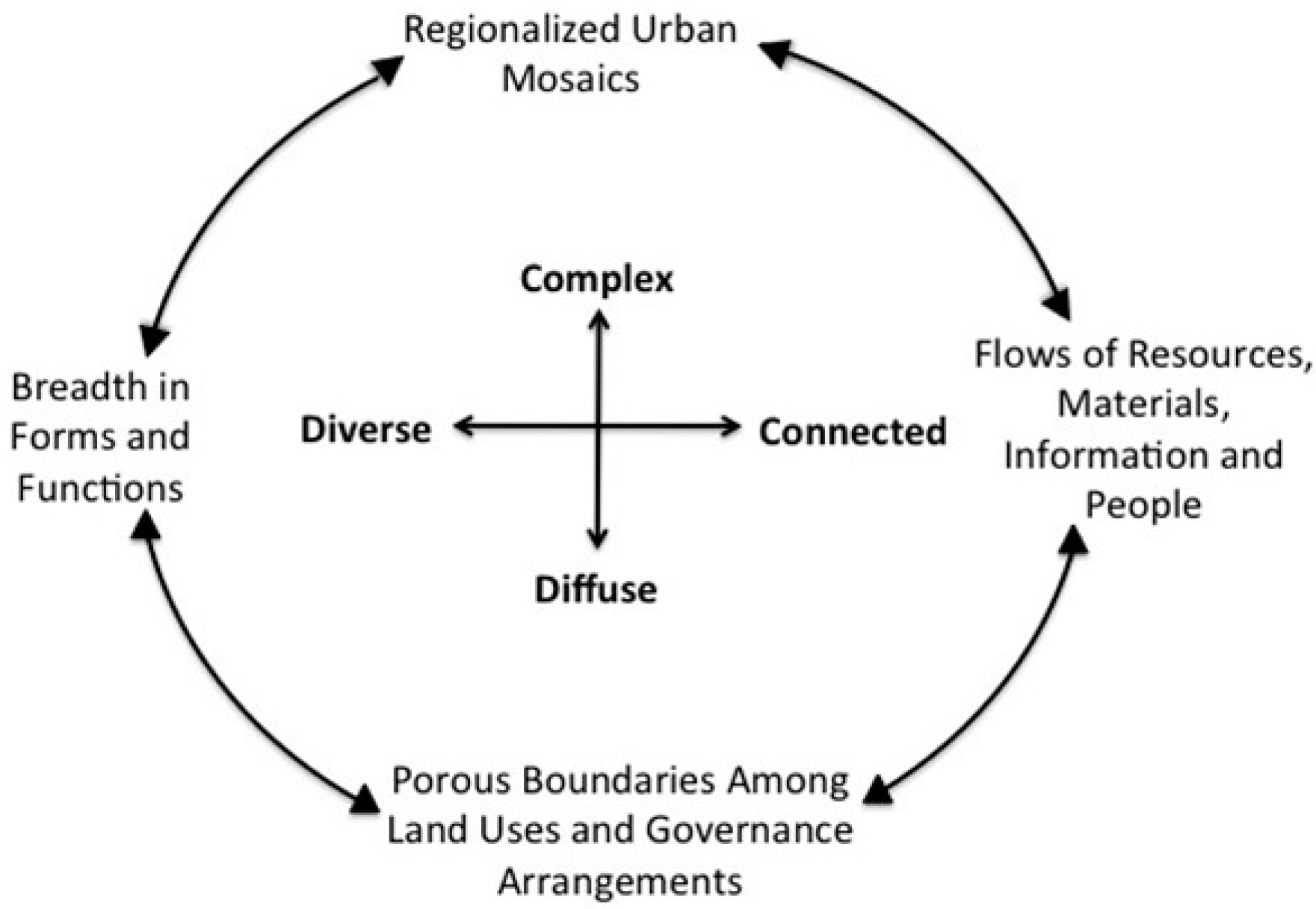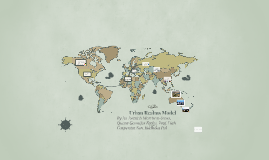


This model applies to numerous British cities. As with all simple models of such complex phenomena, its validity is limited. The benefits of the application of this model include the fact it allows for an outward progression of growth. It is a modification of the concentric zone model of city development. The sector model, also known as the Hoyt model, is a model of urban land use proposed in 1939 by land economist Homer Hoyt. For example, higher poverty means higher crime, which means higher costs for crime prevention.Model of urban land use proposed in 1939 A basic version of the Sector model Services suffer: Schools, sanitation, public transportation, police, and fire protection all begin to decline, at the same time that demand for these services increases. �Taxes are increased to compensate, causing middle-class residents of all races to flee, resulting in a vicious cycle of increasing taxes and further population loss. Created by Chauncy Harris and Edward Ullman. Hoyt found that the pie-shaped describe the high-rent residential, intermediate-rent residential, low-rent residential, education and recreation, transportation, and industrial sectors. When a community's total wealth diminishes, public services become underfunded. The residential patterns explain where the wealthy choose to live. Taxes go up: Public services are largely funded through property taxes.

Property values fall: decline in demand causes housing prices to fall Poorer families begin to move into the homes vacated by middle-class whites Residents - fearing that property values will fall - begin to move away White flight: white homebuyers "perceive" that the neighborhood is in decline and choose not to move there. Urban Realms Model Today: A new urban reality that is not totally captured by any of the three standard pre-1950s models Geographer James Vance in 1964 proposed Urban Realms (aka Pepperoni Pizza) model to describe Metropolitan L.A. But, ultimately, Boeing's employment is a major factor in the number of business and personal services offered in the area. Now these jobs are not directly tied to that one specific Boeing job in that if that Boeing job is phased out one day the other jobs will not exist the next day. Several decades of population explosion and accelerating urban growth have had profound environmental and socio-economic impacts felt in both developing and developed countries 1.

Ratio: when a city adds 50 jobs in manufacturing (Basic sector), the city also adds about 100 nonbasic workers to provide services to the basic sector (this increase in nonbasic employment means that those workers also need services, why the ratio of nonbasic is higher)įor every Boeing job created to help build airplanes, a job may be created in another manufacturing sector (for airplane parts not made by Boeing, for example), a job may be created in office services that have Boeing as a client (a human resources agency, for example), and perhaps two jobs in personal services (a restaurant job and a job at a local drug store, for example). This research is about the application of urban models of land use to Jordanian cities using the case of Irbid city. When demand for goods produced by city increases/decreases, the need for workers also increases/decreases.Ratio of basic to nonbasic workers = ECONOMIC BASE (1:2 ratio).strengthen/grow the local economy by developing basic sector.


 0 kommentar(er)
0 kommentar(er)
